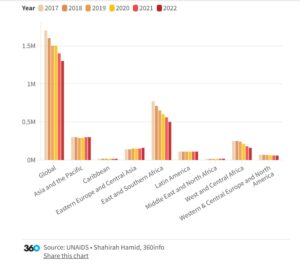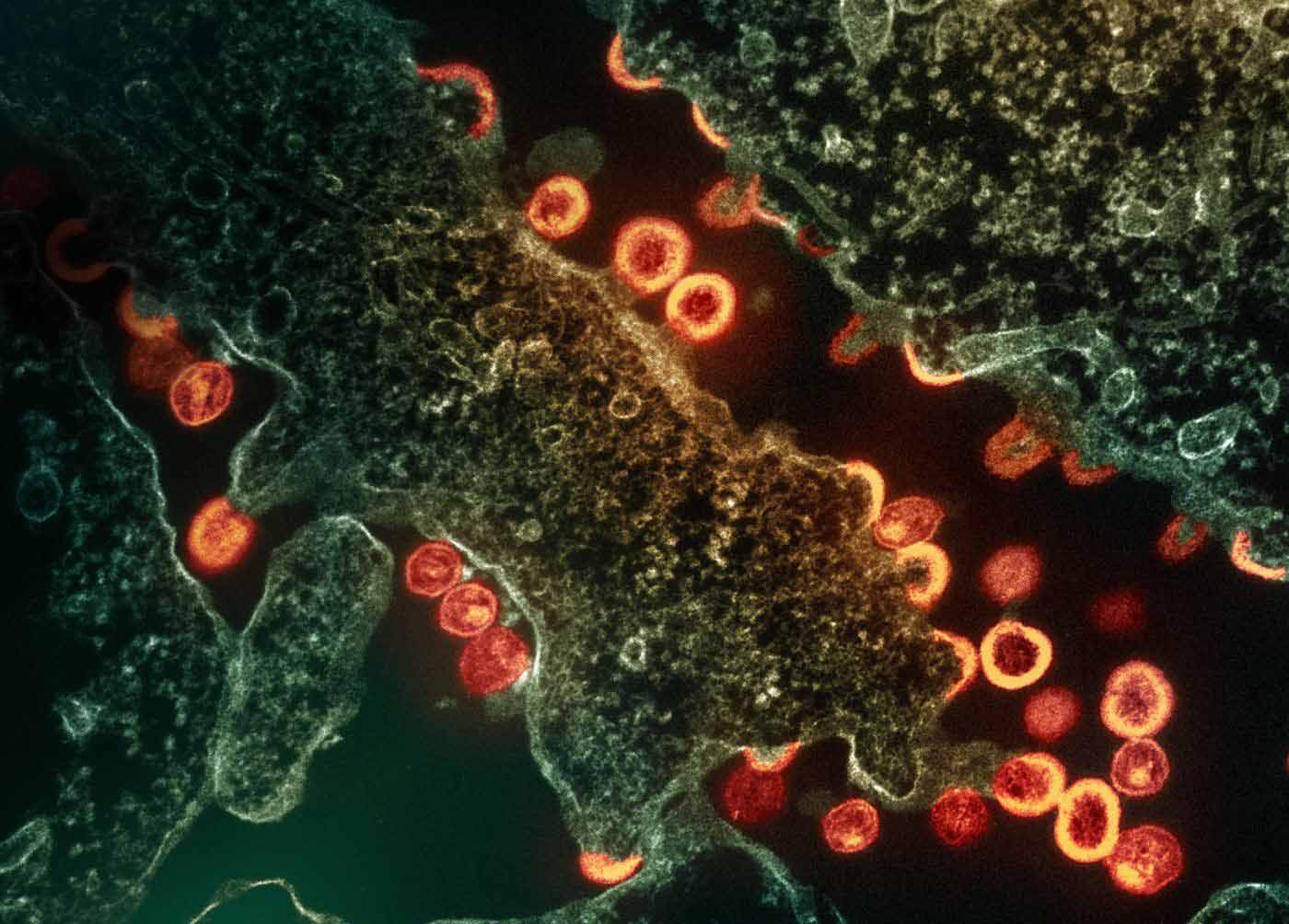By Shahirah Hamid, 360info
HIV is a global health challenge, affecting 39 million people. Despite progress, challenges persist, including limited access to prevention and ongoing stigma.
HIV, the virus that causes acquired immunodeficiency syndrome (AIDS), is still one of the world’s most pressing health issues, more than 40 years after the first cases were identified. Today, around 39 million people are living with HIV, and millions have succumbed to AIDS-related causes since its emergence.
Substantial global efforts have been made to address the epidemic. New HIV infections, especially in children, and AIDS-related deaths have declined, with 29.8 million people receiving access to antiretroviral therapy (ART) in 2022.
However, persistent challenges impede HIV prevention efforts.
Limited access to prevention, treatment and care persists for many individuals at risk, and a cure remains elusive. Oral HIV pre-exposure prophylaxis (PrEP) has been available for more than a decade, but individuals who could benefit from PrEP might not know they are eligible.
Additionally, the stigma associated with HIV might deter individuals from seeking help and the right treatment.

In 2022, 46 percent of all new HIV infections globally were reported among women and girls, with over 77 percent of these occurring among adolescent girls and young women aged between 15 and 24 in sub-Saharan Africa. Within this region, adolescent girls and young women were more than three times as likely as their male peers to contract HIV.
Under Sustainable Development Goal 3, the international community aims to end the AIDS epidemic by 2030. Despite some progress, advancements have been inconsistent, and the initial 90-90-90 targets were not met in 2020. Now the goalposts have been shifted, with the current emphasis on achieving the 95-95-95 targets by 2025.
This year’s World AIDS Day theme, ‘Let Communities Lead’, urges communities and leaders to band together in the global fight to eradicate AIDS by removing barriers to treatment and prevention and providing equal access and support.
In this special report, 360info hears from experts delving into the significance of targeted strategies in HIV prevention and care, and looking into the role of treatment and community in enhancing these strategies and eliminating HIV-related stigma.












